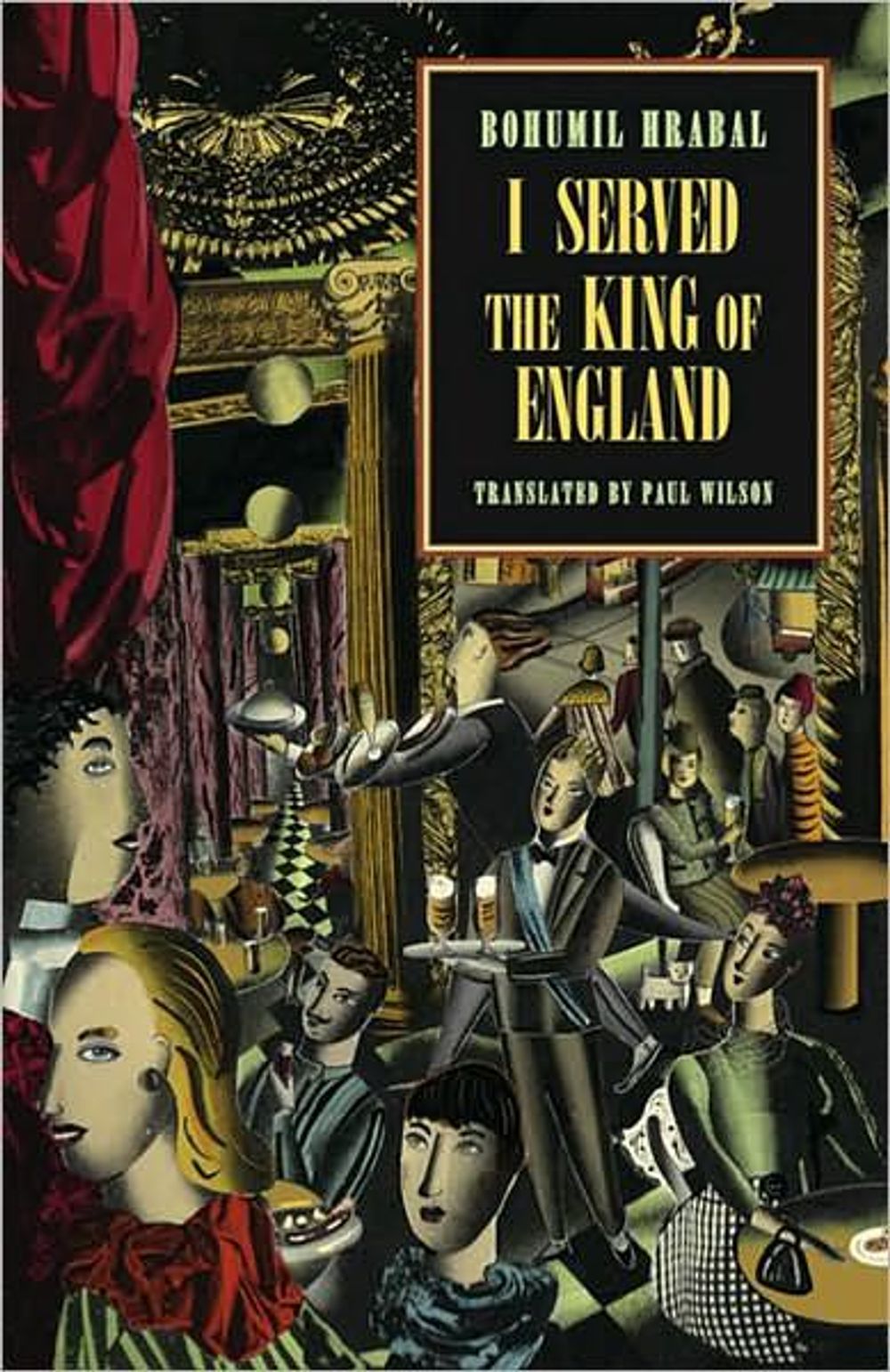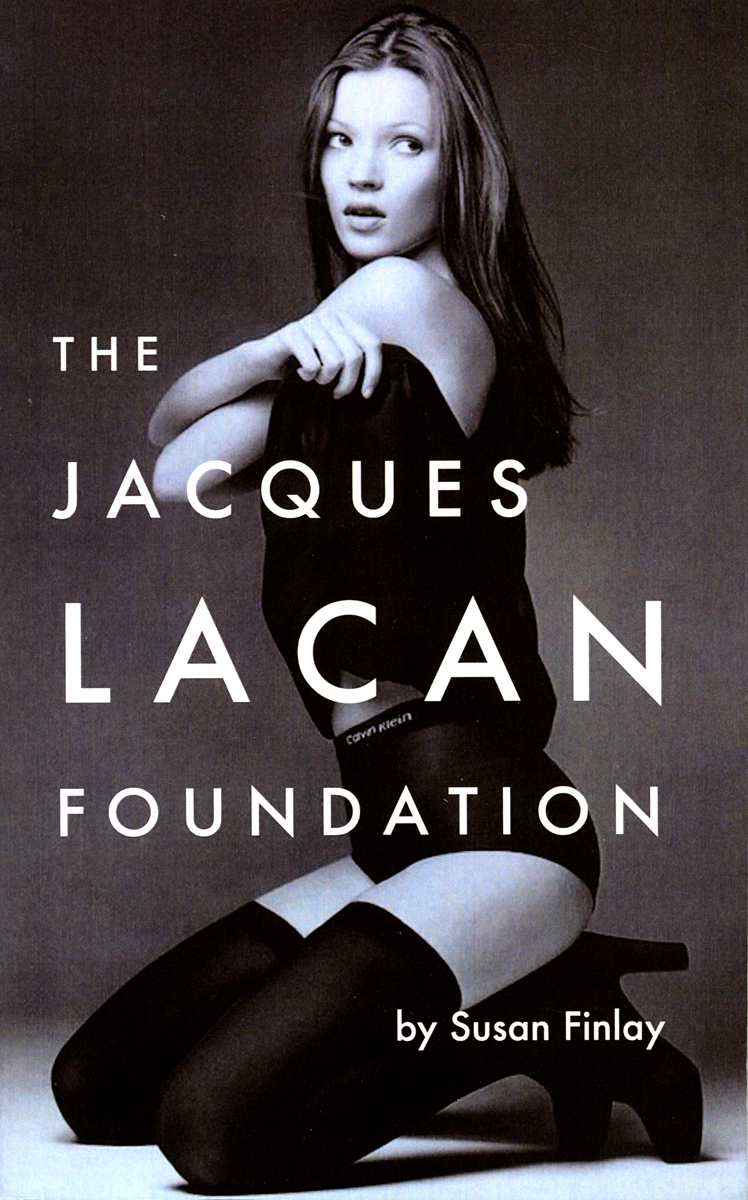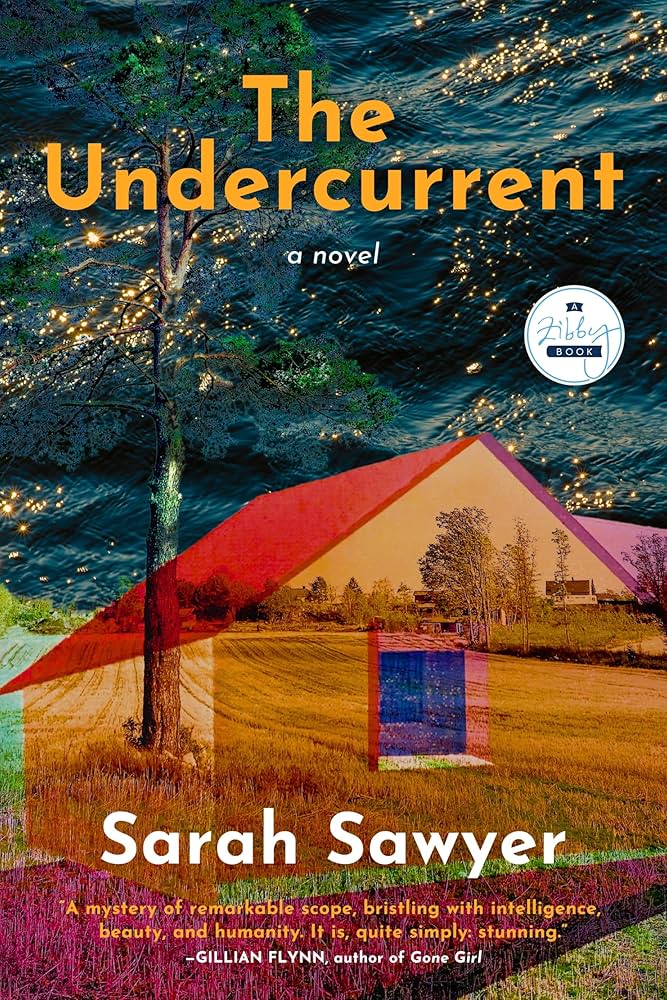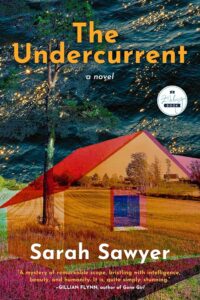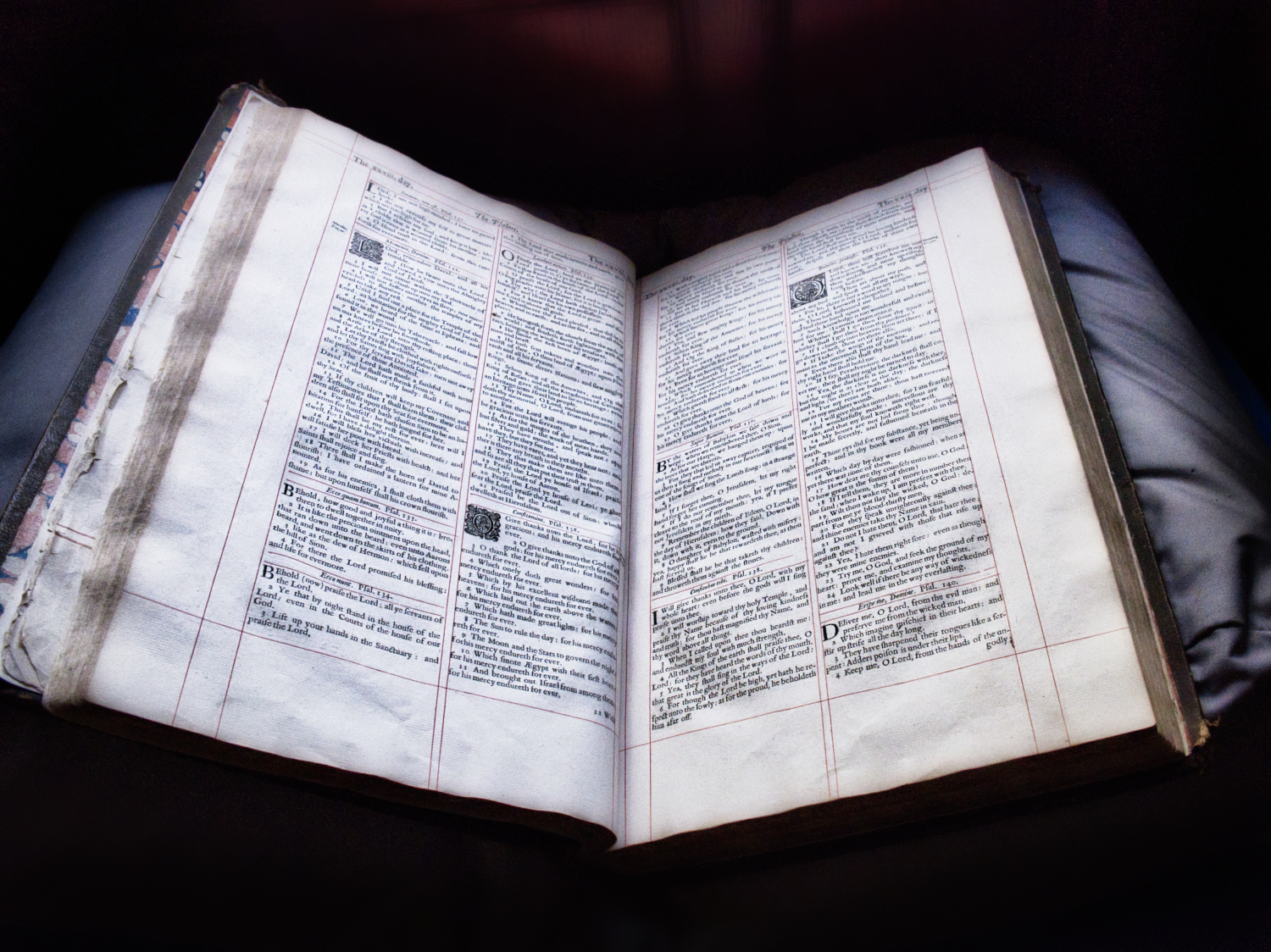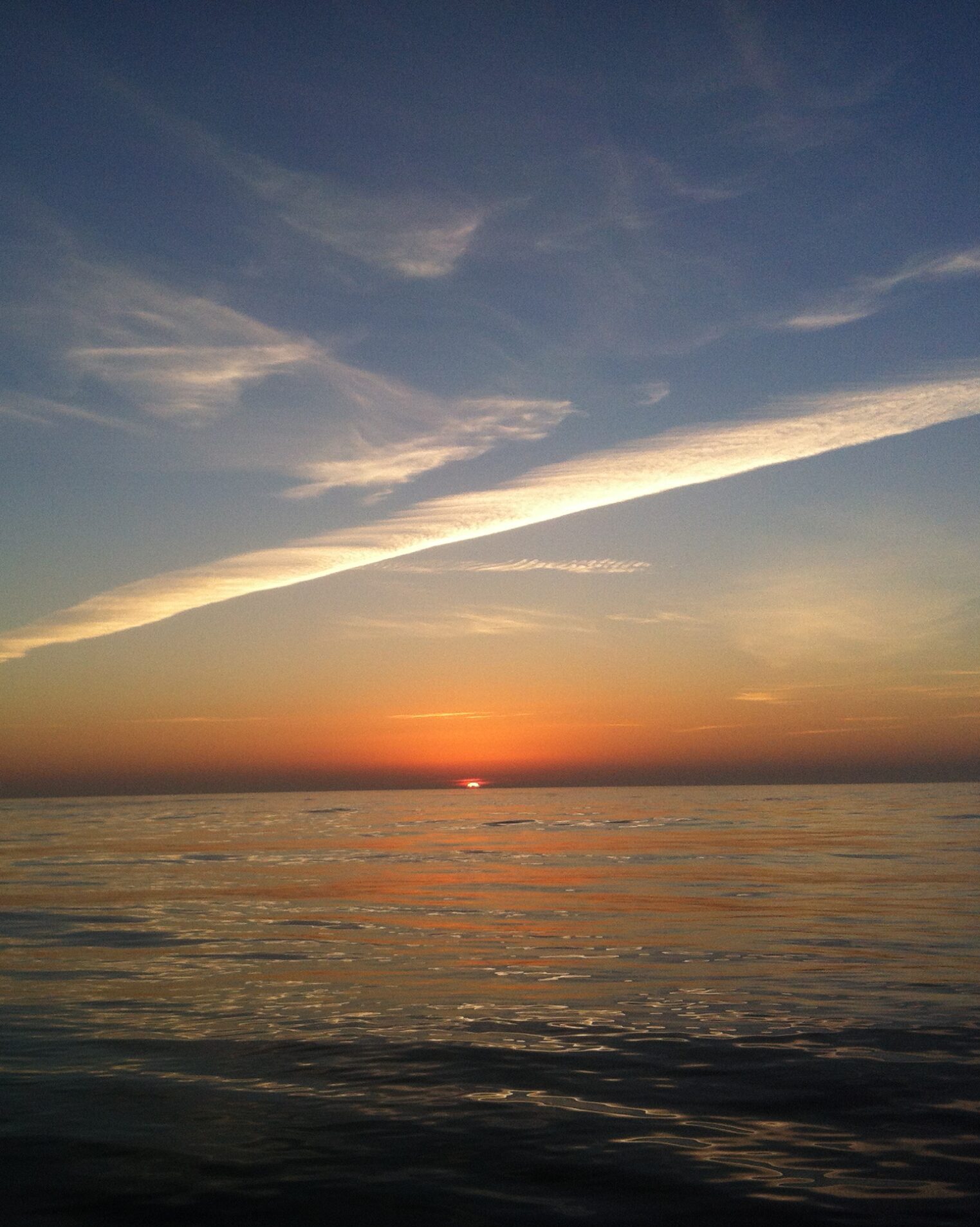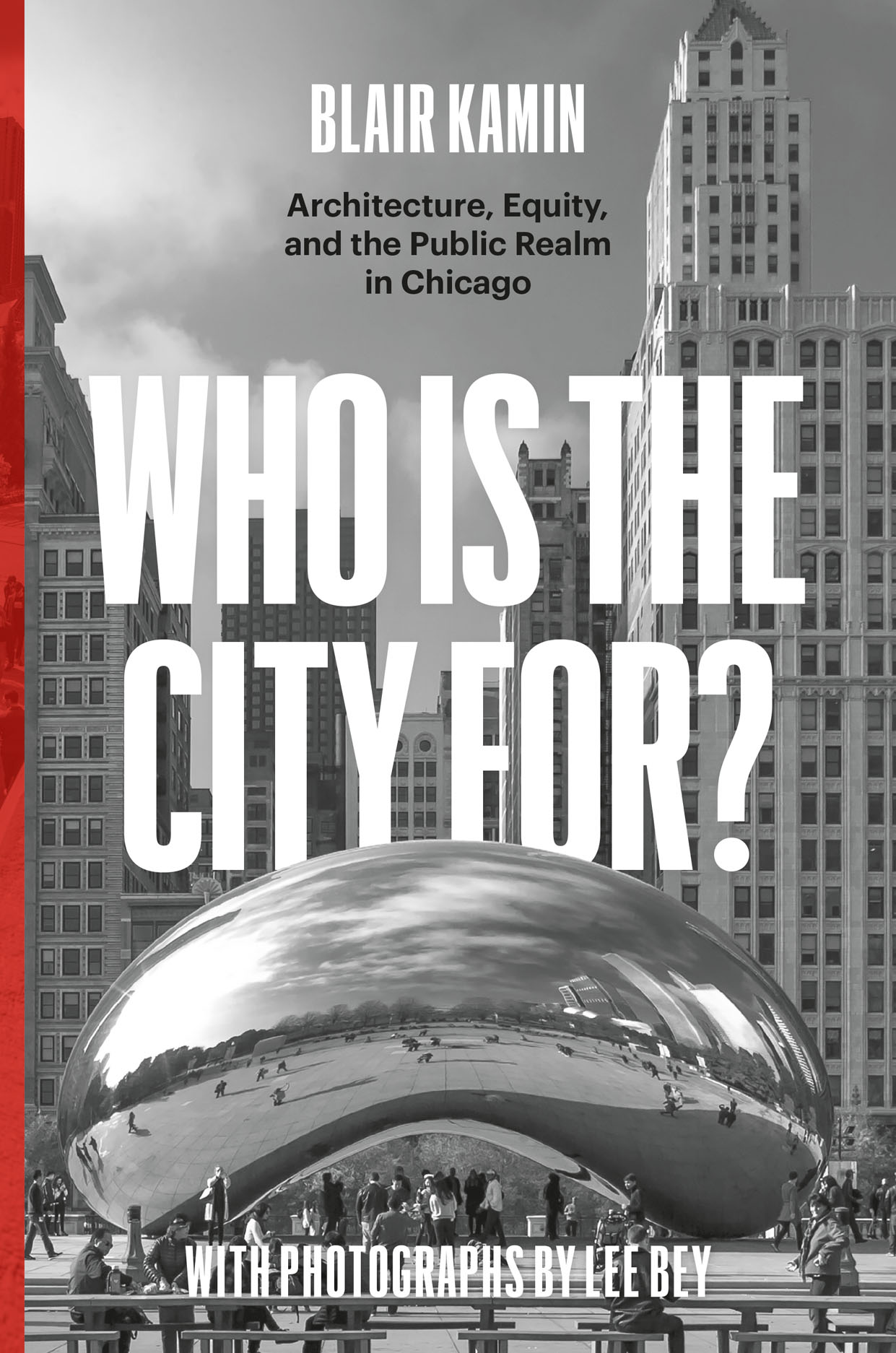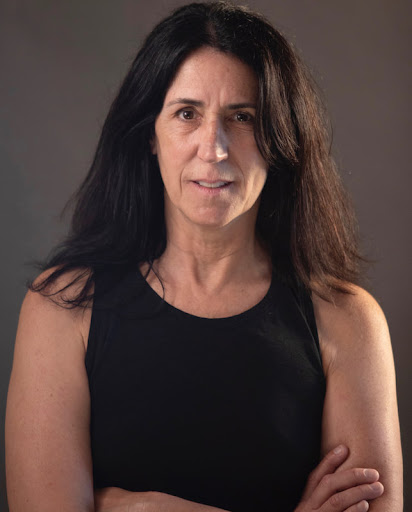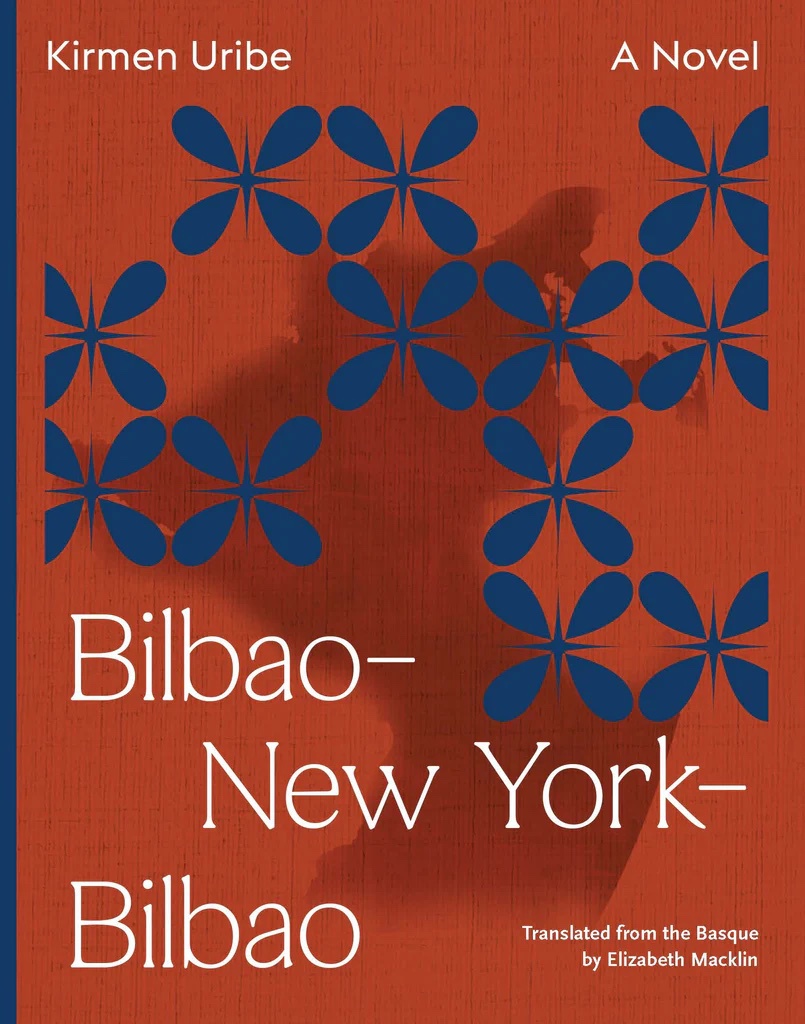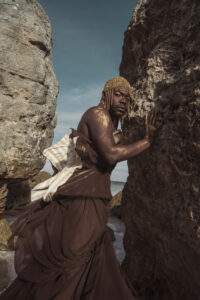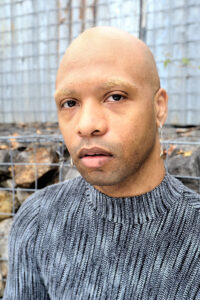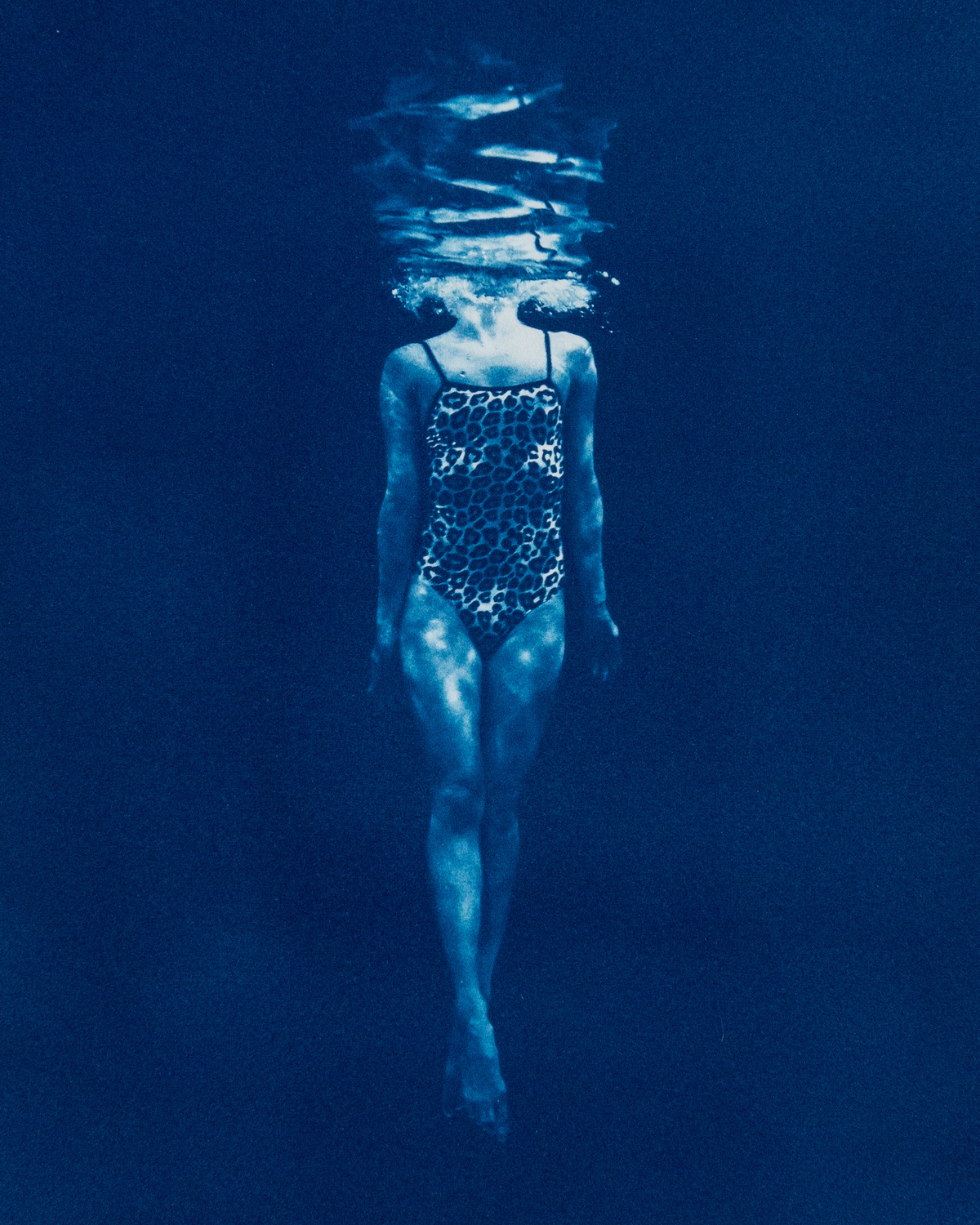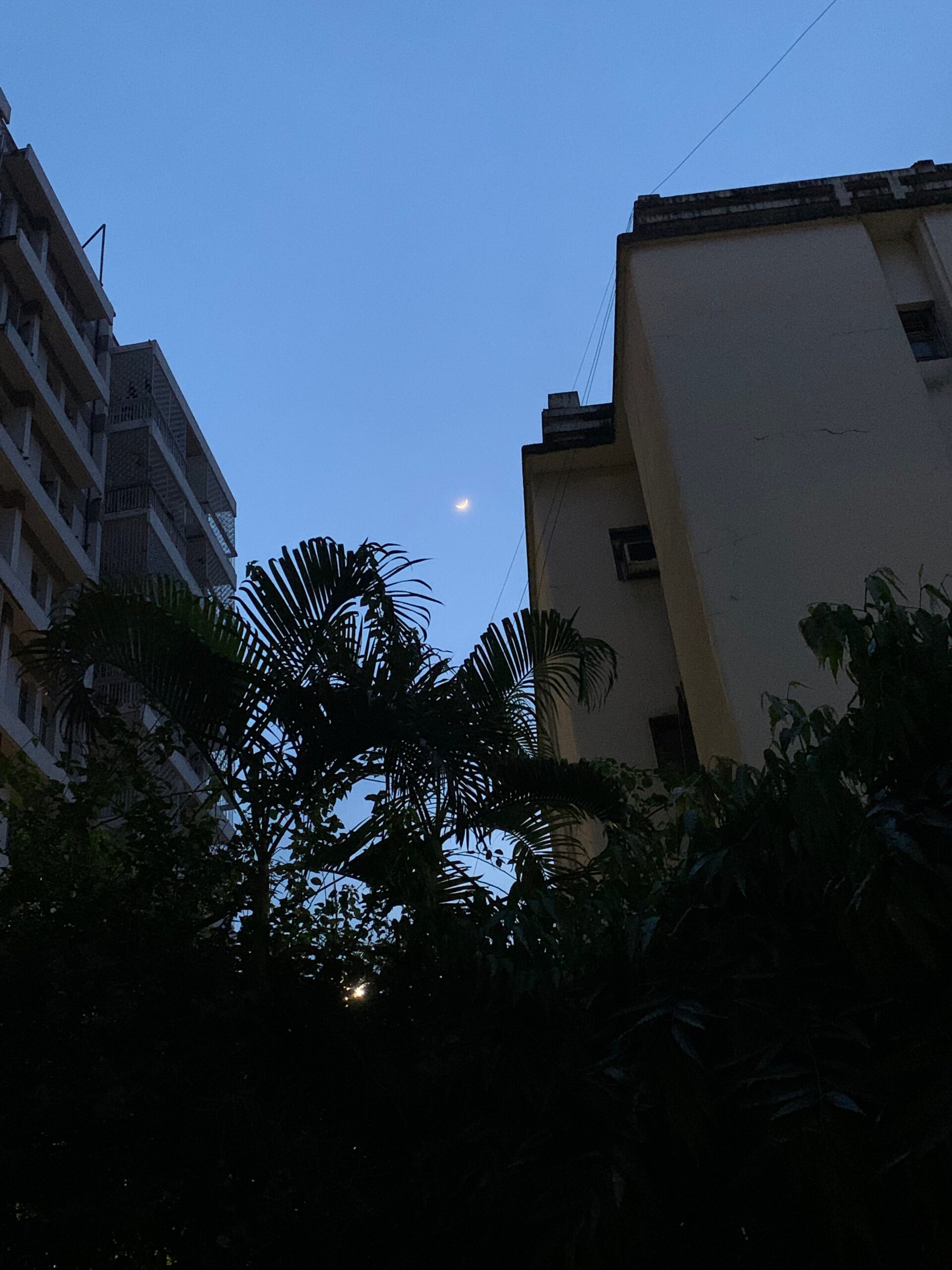By BETH HAHN

Swimmer Cyanotype Print by Rosalind Hobley.
A man swims to the left of Julia, and a woman to the right. They are blurs of misted goggles, the glint of a silver, latex cap. They flip like sleek fish at the pool’s wall.
Julia is sure they are having an affair. The two showed up at the same time, splitting the three-lane pool with Julia, who had gotten used to swimming alone. At first, she resented the wake of their bodies in the water—that reminder of competitive sport. She watched as they left the pool, noticing the nod, a touch as they crossed paths at the changing room doors.
Julia is a night swimmer. She likes the pool’s cool indoor lights and the way the black winter sky beyond the glass windows feels framed and distant. The goggles distort her peripheral vision—creating a blue shadow that she imagines as one of the sea creatures she and James used to visit at the aquarium when they first met.
If James were at home, she would tell him about the swimmers, but he is in New Zealand, studying the impact of climate change on a fur seal colony.
Under water, Julia feels the shudder of the commuter train as it passes.
Compression, airway, breath.
Be the stranger who will save your life—
